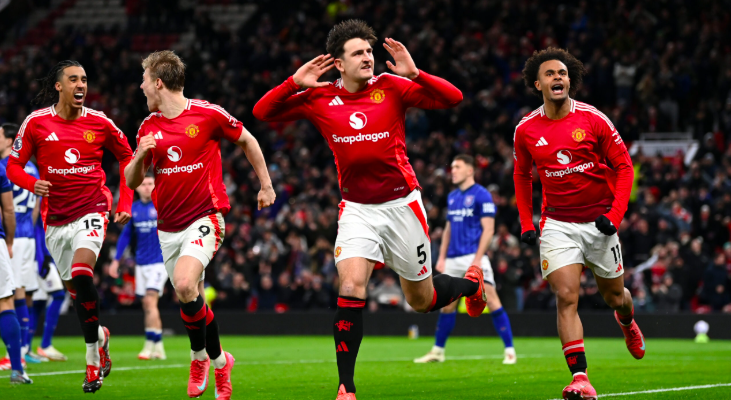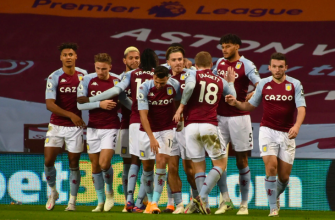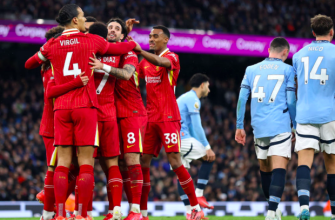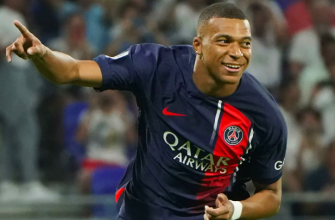Once the epitome of footballing success, Manchester United now finds itself ensnared in a web of financial woes. The club’s recent decisions paint a grim picture: 200 staff redundancies loom on the horizon, adding to the 250 layoffs from the previous year. Bonuses? Canceled. Christmas parties? A distant memory. Even complimentary meals for staff have been struck off the list.
The financial strain doesn’t end there. The club is staggering under the weight of £391 million in unpaid transfer fees and has hemorrhaged over £1 billion in interest payments since 2005. On the pitch, the situation mirrors the off-field chaos. Under the guidance of Ruben Amorim, the team has plummeted to a disheartening 15th place in the Premier League standings.

Where did it all go wrong?
Manchester United, once an untouchable financial powerhouse, is now struggling under the weight of poor financial management, misguided investments, and an ownership model that has drained resources rather than replenished them. Since the Glazer family’s leveraged buyout in 2005, the club has been saddled with astronomical debt, leading to over £1 billion in interest payments alone—funds that could have revitalized Old Trafford, strengthened the squad, or bolstered the club’s infrastructure.
But the financial bleed didn’t stop there. Overpriced transfers, hefty wages, and unsuccessful managerial appointments have only exacerbated the crisis. While clubs like Manchester City and Liverpool have invested strategically to build sustainable success, United has lurched from one expensive gamble to another, often with disastrous consequences.
Desperate cost-cutting and staff unrest
In a bid to stabilize finances, the club has turned to drastic cost-cutting measures. Employees who once enjoyed complimentary meals now have to pay for their own food. Christmas celebrations have been axed. Performance-related bonuses, once a small silver lining for staff, are no longer on the table.
But the most damning blow? The looming redundancies. An estimated 200 employees are set to lose their jobs in 2025, following 250 layoffs last year. The workforce is shrinking, morale is at an all-time low, and those who remain are questioning their future at the club.
The contrast is stark. While United spends millions on transfers—many of them questionable at best—loyal staff members are being shown the door, creating a culture of disillusionment and uncertainty behind the scenes.
The chaos on the pitch
If the club’s off-field troubles weren’t concerning enough, things on the pitch are just as grim. Under new manager Ruben Amorim, Manchester United has plunged into unfamiliar territory—15th place in the Premier League, far from European competition and dangerously close to a full-blown identity crisis.
Players seem lost. The attacking strategy is incoherent. Defensive errors have become a routine feature. Fans who once watched their team dominate English football now endure uninspired performances and endless tactical confusion.
Some believe that the club’s financial turmoil is trickling down to the squad, affecting player morale and performance. Others argue that United’s bloated wage bill has created a complacent culture, where players earn massive salaries regardless of results. Whatever the cause, the club is in freefall, and there is no easy fix in sight.
Can Manchester United recover?
Despite the doom and gloom, there remains a glimmer of hope. The club’s global brand is still strong, and United’s commercial appeal—while slightly tarnished—remains a vital asset. However, recovery will require a radical shift in approach.
To stabilize, United needs to rethink its entire financial strategy. Reckless spending must be replaced with smart, long-term investments. A clear footballing philosophy must be established, backed by a manager who is given time and resources to implement it. And most importantly, the club must regain the trust of its employees, players, and fans.
For now, Manchester United is staring into the abyss. Whether they rise from it or fall deeper into crisis will depend on the next few years—a defining period that will shape the future of one of football’s most iconic institutions.



